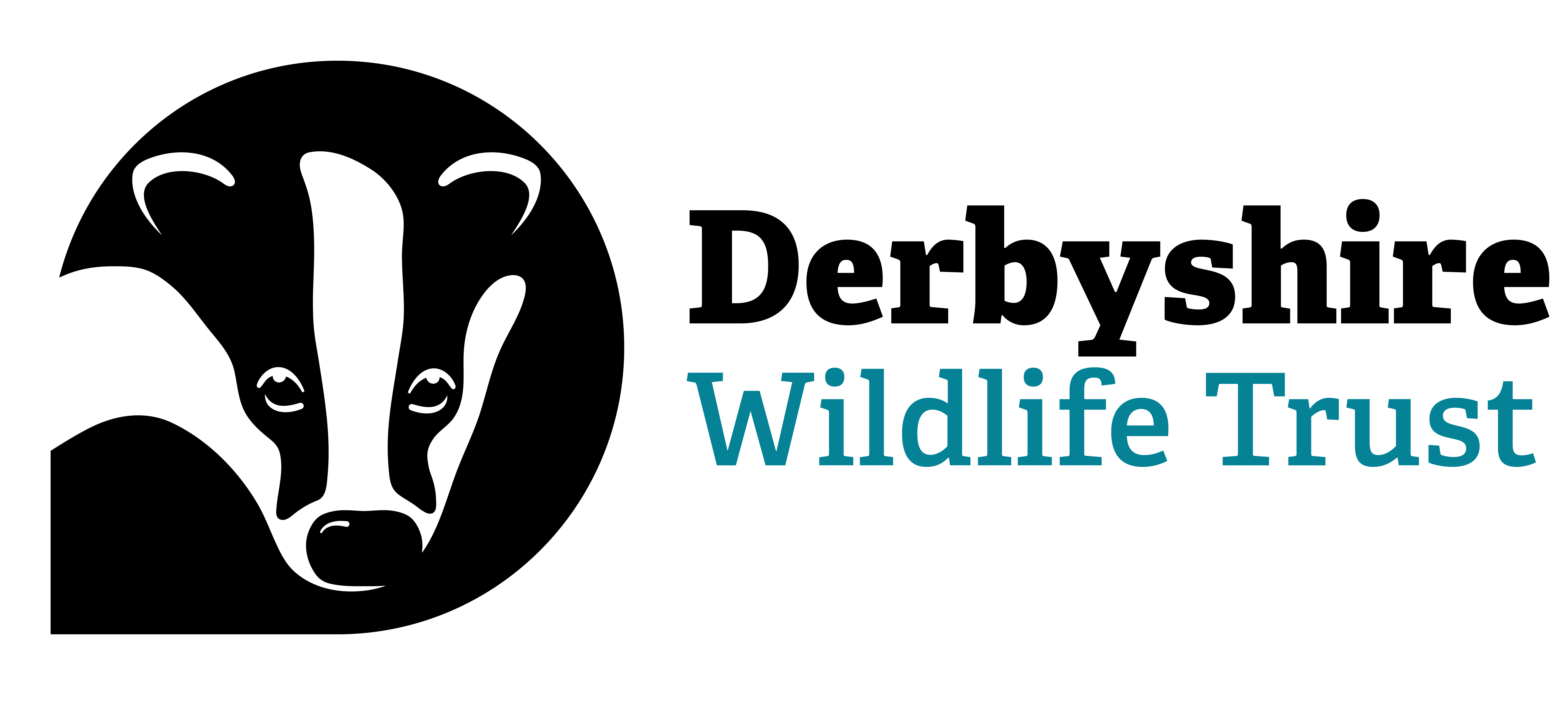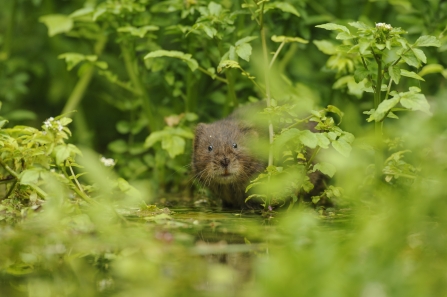Down at our Woodside Farm Nature Reserve we have been conducting work to improve the habitat for our local water voles thanks to our Green Recovery Challenge Fund from The Heritage Lottery Fund.
Water voles feel most at home in areas next to slow flowing streams and brooks, where they will burrow into the banks to nest and graze on the bankside vegetation.
Unfortunately, the brooks at Woodside have become overgrown with mature willow trees which means there has been less opportunity for the grasses, rushes and low growing herbaceous plants - that water voles like to eat - to grow.
Fast flowing water has scoured the riverbed making the channel too deep and narrow so the water that flows through the brook will be too fast for the good water vole habitat. The quicker the water flows the quicker their burrows will flood when the water levels rise.
To combat these issues, staff at Derbyshire Wildlife Trust have been cutting selected willows along the brook. This work is being managed by Kate Lemon, Regional Manager (Trent and Erewash), and her team.

